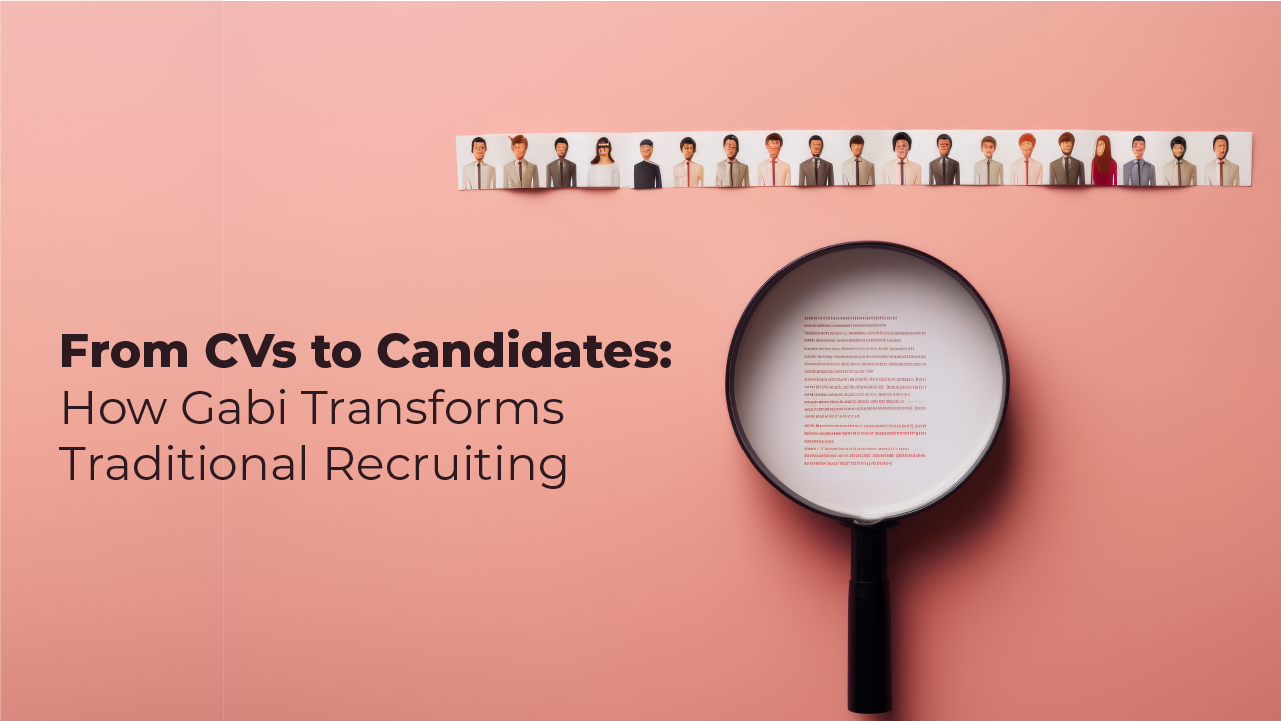What is the relevance and importance of Return on Investment (ROI) as far as your recruitment efforts are concerned? In this article, you’ll discover that paying attention to your ROI is crucial for optimizing your hiring strategies and resources.
As more and more businesses start to actively strive for excellence, being able to harness the power of your ROI is now an urgent matter. The time has come for you to leave your basic recruitment process behind and instead embrace a nuanced understanding of essential metrics.
Let’s delve into the key metrics that provide insights into recruitment ROI success. Effective hiring practices, here we come!
Essential Metrics for Evaluating Recruitment Success
Recruitment ROI begins with assessing overall success. Metrics such as the number of hires, time-to-fill, and cost-per-hire serve as foundational indicators.
- Number of Hires: The foundational metric gauging the sheer volume of successful placements.
- Time-to-Fill: Measures the efficiency from job posting to candidate placement.
- Cost-per-Hire: Balances efficiency against budget constraints.
These metrics offer a snapshot of efficiency, helping organizations gauge the effectiveness of their hiring process.
Calculating Time-to-Fill: Efficiency in the Hiring Process
Time-to-fill measures the duration between posting a job opening and successfully placing a candidate. A shorter time-to-fill is generally associated with increased efficiency, as prolonged vacancies can lead to productivity losses.
- Duration Analysis: Track the time taken to fill a position, identifying areas for improvement.
- Process Optimization: Shorter time-to-fill minimizes productivity losses and enhances efficiency.
- Pipeline Evaluation: Assess the effectiveness of candidate pipelines in reducing time-to-fill.
By tracking this metric, organizations can refine their processes and minimize disruptions.
Cost-per-Hire: Balancing Efficiency and Budget
Cost-per-hire involves evaluating the total expenses incurred during the recruitment process divided by the number of hires.
While reducing costs is often a goal, it’s essential to strike a balance between efficiency and budget constraints.
- Budget Alignment: Strike a balance between operational efficiency and fiscal responsibility.
- Resource Allocation: Identify and allocate resources judiciously to maximize ROI.
- Optimization: Evaluate costs without compromising the quality of talent acquisition.
Calculating cost-per-hire helps organizations optimize spending without compromising on the quality of talent acquired.
Quality of Hire: Assessing the Impact of New Employees
The true measure of recruitment success lies in the quality of hires. Assessing factors like job performance, employee retention, and the overall contribution of new hires provides valuable insights.
- Performance Metrics: Assess job performance and contributions to long-term success.
- Retention Rates: Evaluate the staying power of new hires to measure overall recruitment impact.
By aligning recruitment strategies with long-term success indicators, organizations can ensure they attract candidates who make significant positive impacts.
Candidate Sourcing Metrics: Evaluating Outreach Effectiveness
Understanding where successful candidates come from is crucial. Metrics related to candidate sourcing, including the effectiveness of different channels, help refine outreach strategies.
- Channel Effectiveness: Identify the most fruitful recruitment channels (job boards, social media, referrals).
- Resource Allocation: Optimize outreach strategies based on the most effective channels.
- Conversion Rates: Track the percentage of sourced candidates who progress through the recruitment stages.
This insight enables recruiters to allocate resources to the most fruitful channels.
Applicant Tracking System (ATS) Analytics
An ATS is a powerful tool for recruiters, and its analytics provide a gold mine of data. Metrics within the ATS can include application-to-interview ratios, offer acceptance rates, and time spent in each recruitment stage.
- Application-to-Interview Ratios: Assess the efficiency of the initial screening process.
- Offer Acceptance Rates: Gauge the attractiveness of offers to successful candidates.
- Time Spent in Each Stage: Identify bottlenecks and streamline the recruitment journey by implementing new, more efficient applicant tracking systems.
Analyzing this data enhances process transparency and allows for data-driven decision-making.
Conclusion
In conclusion, measuring recruitment ROI enables organizations to go beyond mere headcounts and understand the true impact of their hiring efforts. By leveraging these essential metrics, businesses can refine their strategies, allocate resources judiciously, and consistently attract top-tier talent.
As we explore this complex world, it’s important to mention the impact of modern solutions. Gabi Labs, a pioneer in AI-powered recruiting, is reshaping how we hire. By using advanced algorithms, Gabi Labs ensures precise alignment of every metric, giving organizations unmatched insights for smart decisions.
In the ever-changing field of recruitment, where metrics are crucial, Gabi Labs is leading the way for a new era in talent acquisition. Join us in uncovering the metrics that lead to recruitment success and contact us now!





